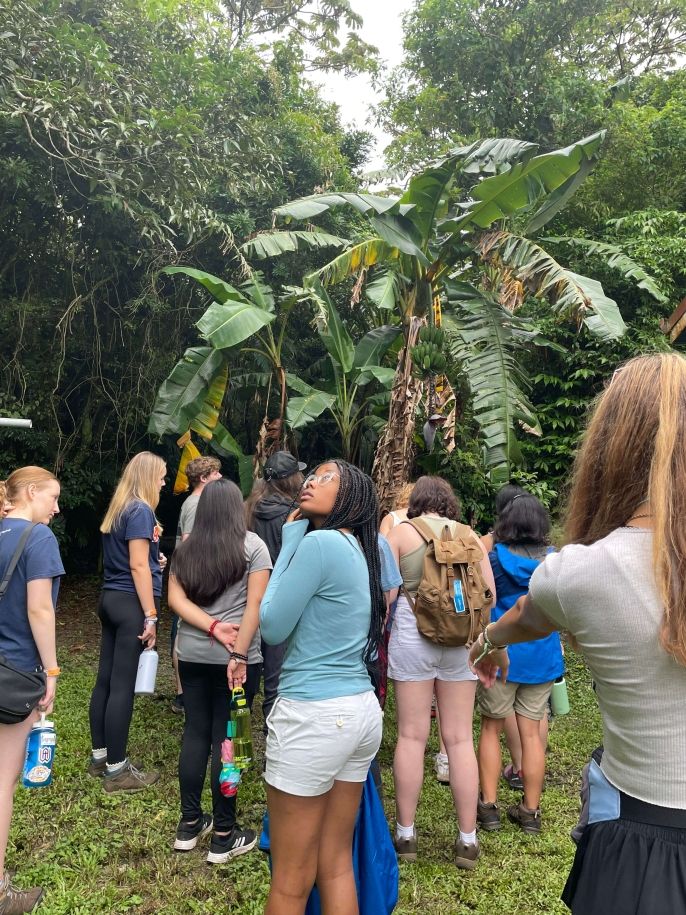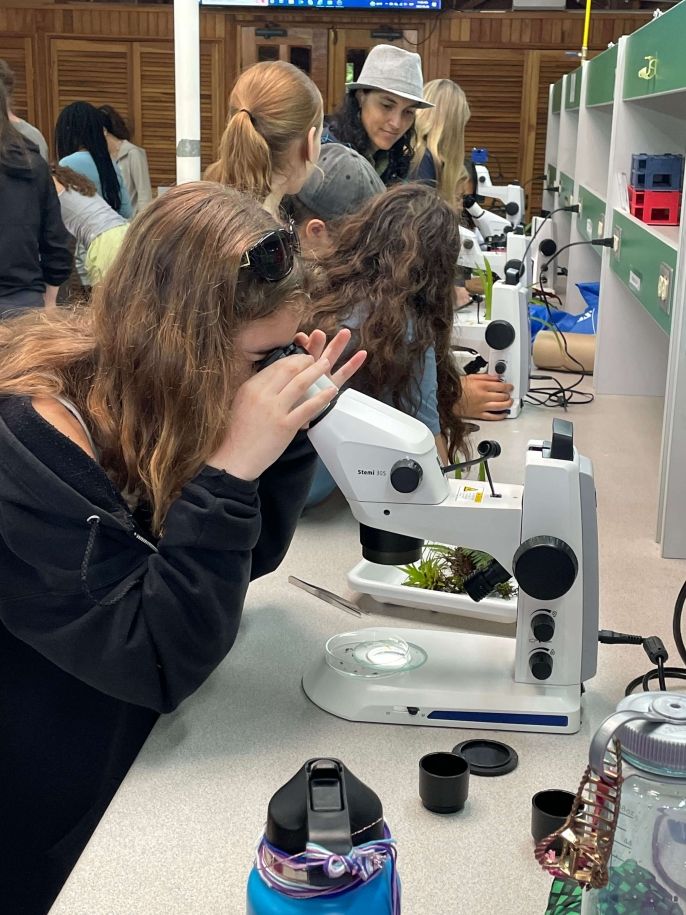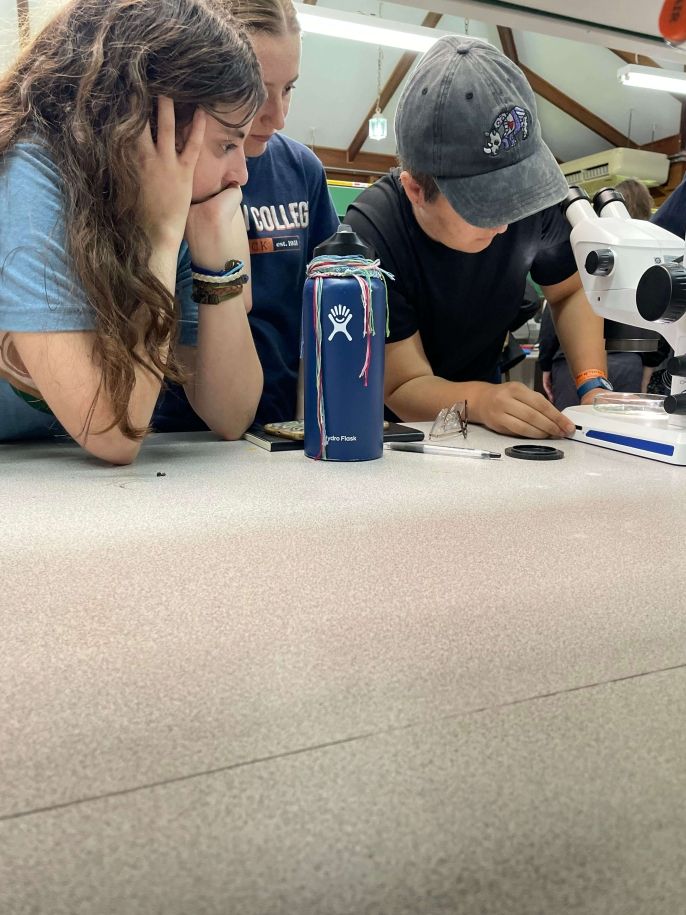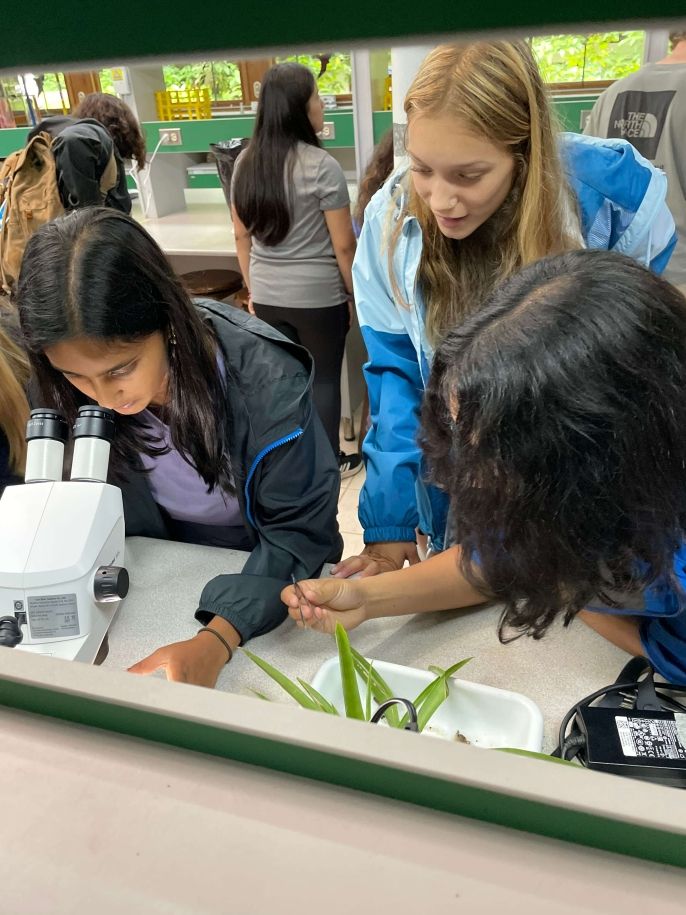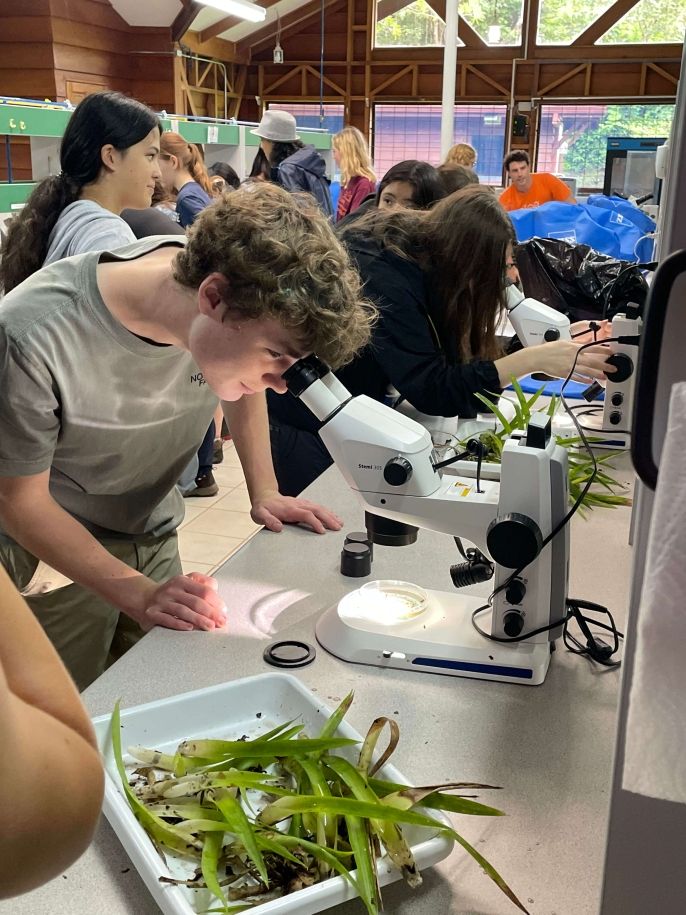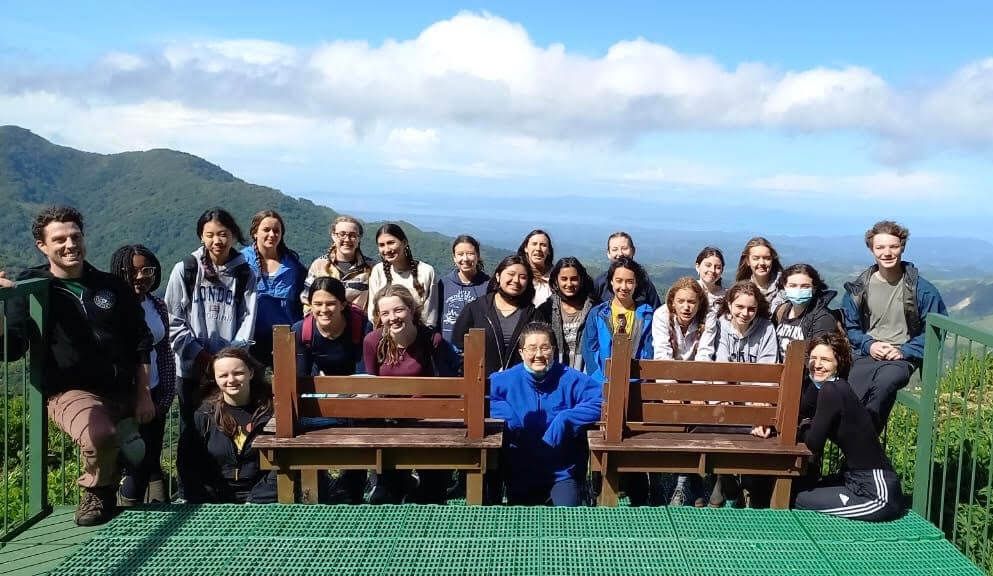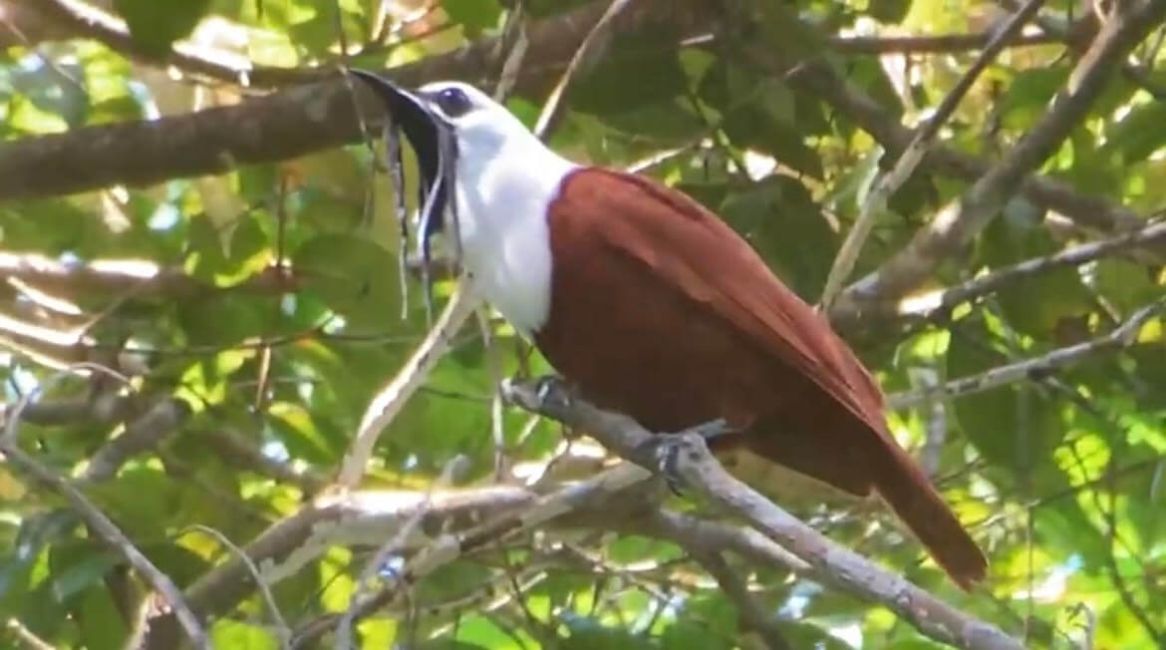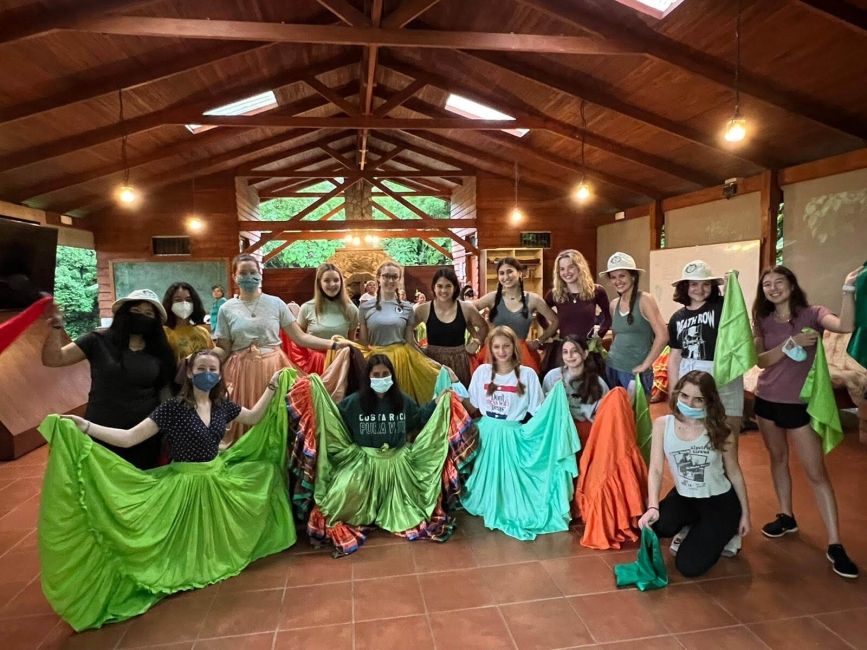Night Hikes + Epiphytes
As the days continue, students have developed their understanding of carbon capture, integrating new ways to observe this phenomenon. Moving beyond quantitative data analysis, students had exposure to nearly five different ways that they themselves could collect and measure these changes.
We started by touring certain plants on campus, focusing on Epiphytes: non-parasitic plants that grow on plants. Students observed live examples like moss, ferns, and bromelias that grow actively on trees around campus. They also noticed some trees that remained bare, and discussed the different adaptations that certain plants have made to avoid epiphyte growth (such as loose bark, or spikes).
Interested in seeing how much carbon capture can occur not only via photosynthetic processes from plants and trees, but from the ground as well, they formed groups to collect soil samples from different areas around campus. Knowledgeable of the effects carbon has on soil texture, moisture, and color, students were able to pose scientific questions and hypotheses about which soils were most actively functioning as carbon sinks and which were not.
After collecting soil samples and bromelia samples, students took to the lab where they were able to realize just how many micro-communities exist beyond the scope of the human eye. Students noticed several insects that were otherwise invisible, showing just how complex small-scale life systems can be, and seeing how nature itself has adapted in small ways to allow systems to thrive.
This carried into the following evening, where students were able to spot animals and insects that come alive at night. While the tapirs remained hidden away, frogs and insects were plentiful beneath the rainy night walk. Students also had the chance to visit a 23,000 hectare preserve initiative (formerly spearheaded by [Swedish] youth like themselves), known as BEN: Bosque Eterno de Los Niños. Here we saw the famous bird that typically taunts in camouflage from the trees above, the Bell Bird.
Another sighting crossed off the list, students returned to campus and were greeted that evening with a traditional Folkloric dance. Midway through, students themselves weaved in and out, flashing and flaring the billowing skirts, livening the spirits and tempo of the room.
Whether in the labs or on the dance floor, the group continues to show up with curiosity, commitment, and command.
Copy and photos by Alana Zick
Related Posts
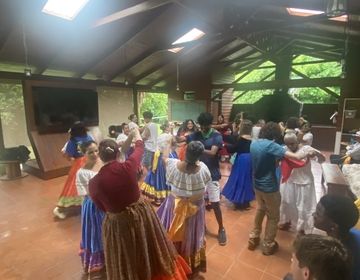
A Colorful Finale
For our last blog post, the incredible Rama Mansour crafted a fantastic summary of our final few days. Great job Rama! The last few days here in Monteverde have been... keep reading

Unexpected Communication
This blog was written by Izaiah Smith. Izaiah is a global navigator that is flexible and is always up for a challenge. Whether that is learning Spanish or meeting new... keep reading
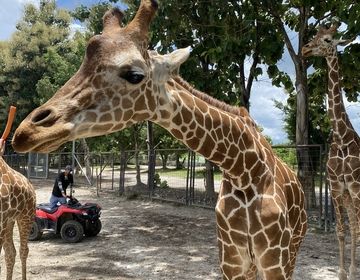
Tubing in Liberia!
Once again, one of our amazing Global Navigators took over the blog posting honor! Kayla Williams created a fantastic update from our weekend in Liberia. Here is what she had... keep reading
